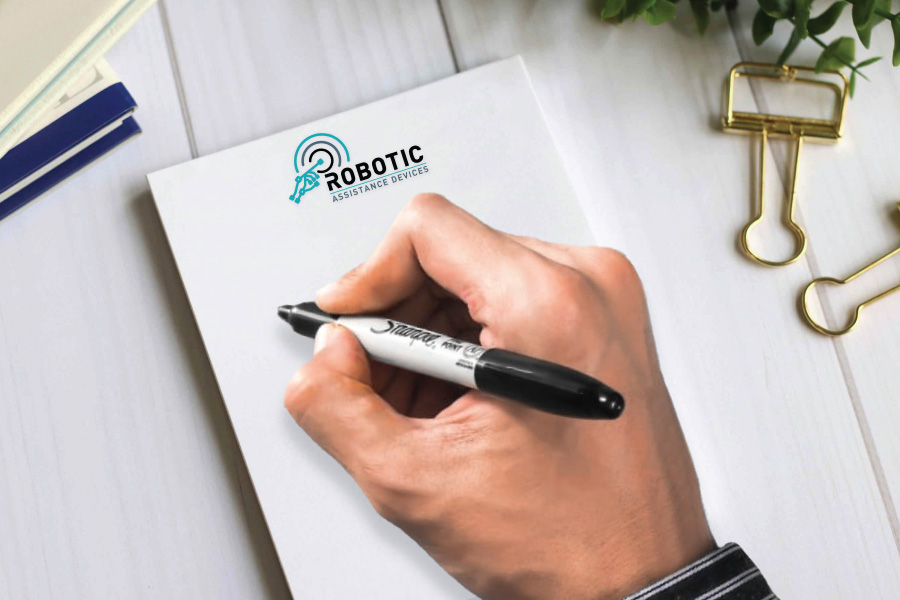By Mark Folmer, CPP, RAD Vice President, Security & Industry
One of the overlooked facts of the explosion of remote work is that a majority of people don’t like it that much. It’s isolating. They feel cut off from their teams. There are no happy hours, no friendly banter. And when your home is your office, you are always on the job.
But if every office were to throw open their doors tomorrow, employees would push back.
They don’t feel safe. Many will accept isolation and lost productivity if it means staying healthy.
This reluctance isn’t the only thing keeping offices closed. For their part, employers need to worry about the complication patchwork of liability protections and workplace injury laws that could protect them in the event that their office becomes a hotbed of infection, or expose them to significant risk.
So what can employers do?
There’s no single cure-all that will make employees trust shared spaces again. Offices need overlapping layers of protection that balance the shortcomings of each measure.
Take, for example, infrared thermometers used to check people for temperature before allowing them in buildings. This has become a ubiquitous feature in many offices, but a great many people infected with COVID-19 show no symptoms at all. Those that do have fevers can mask them with ibuprofen. We saw this in many mid-West meatpacking plants, when workers that were not typically offered paid sick leave chose to go into the factory and infect others rather than lose a day of pay.
The importance of hand sanitizer should not be overlooked. Place a dispenser within close proximity to every door, anywhere people might press and elevator button, and in common areas. According to one study, hand sanitizer in the workplace reduced absenteeism by 20 percent. Beyond being effective, hand sanitizer is visual evidence that precautions are being taken.
Many buildings have upgraded their HVAC systems with ultraviolet filters that eradicate viruses, or high-speed blowers to maximize air circulation. Building owners should communicate and publicize these improvements in a way that provides assurances.

Face masks are among the most effective ways to prevent the spread of the virus. They’re inexpensive, and they can prevent infected people from spreading the virus. But compliance with face mask policies is uncertain in many instances. New security camera technology – including services offered by my company — utilizes machine-learning to detect when people are wearing, and not wearing face masks. This is particularly important for compliance and documentation purposes. Simply put, face mask detection cameras validate that employees are complying with policies and mandates, and document when they are not so managers can focus on correcting behaviors.
If you’d have told the average office worker in February of this year that they’d be working from home five days per week in March, and be jonesing for free coffee and overhead fluorescent lighting by July, they’d have thought you were crazy. But surveys show that this is the case – at least for some of the time. Workers want the option to come into the office at least some of the time.
The office that they return to might be radically different – fewer people, more space between them, and a larger number of partitions and barriers to stop people from sneezing on each other. But all of these changes won’t matter if people are actually too frightened to go back to work. Your employees expect that you will protect them. If you won’t, they’ll find a company that will.
Mark Folmer, CPP, FSyI

